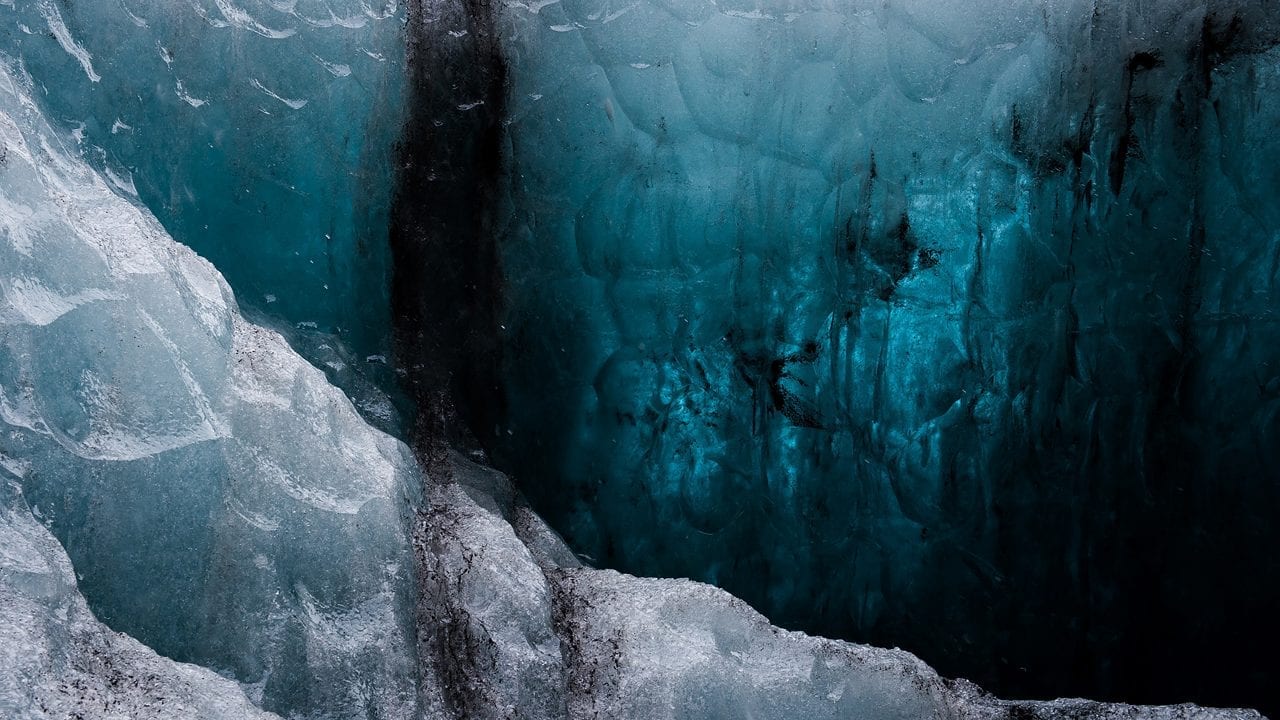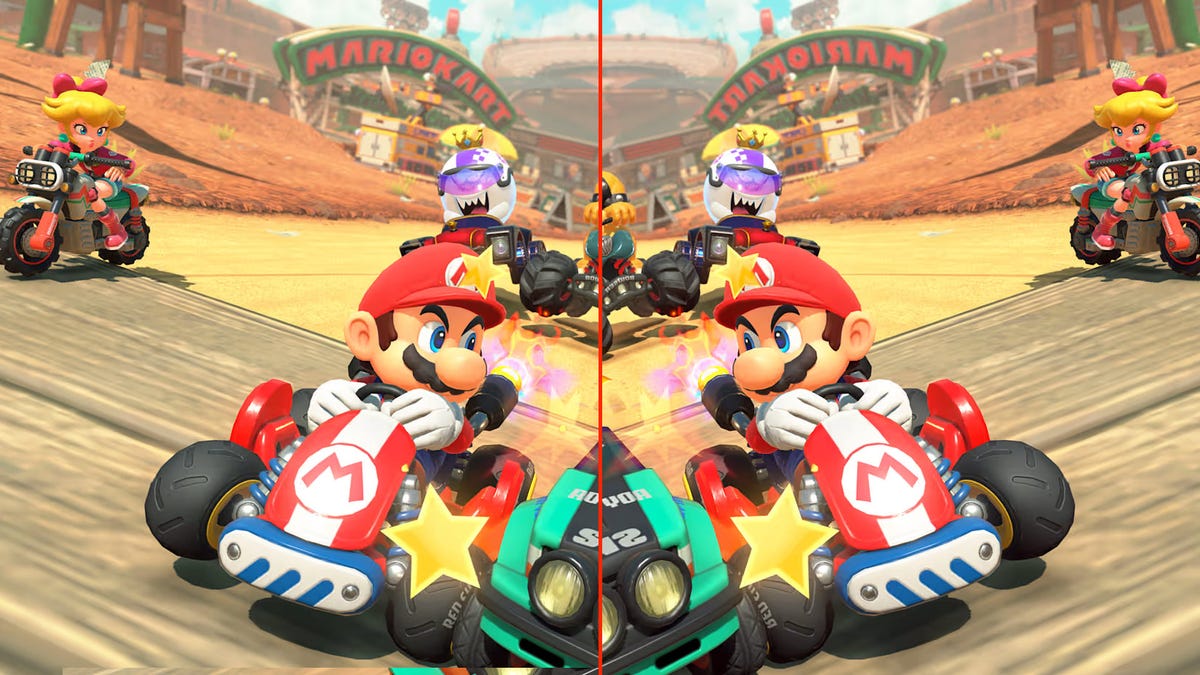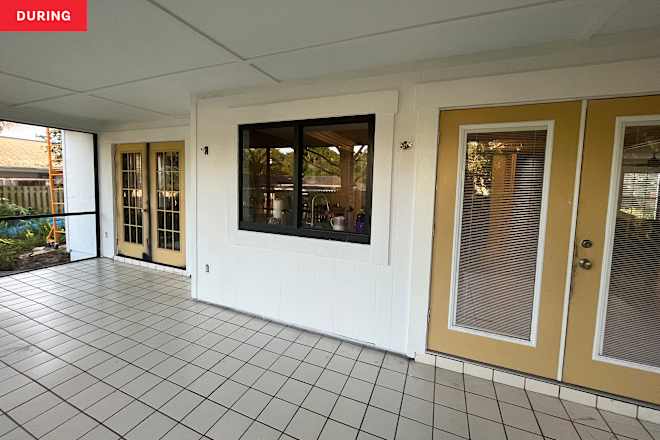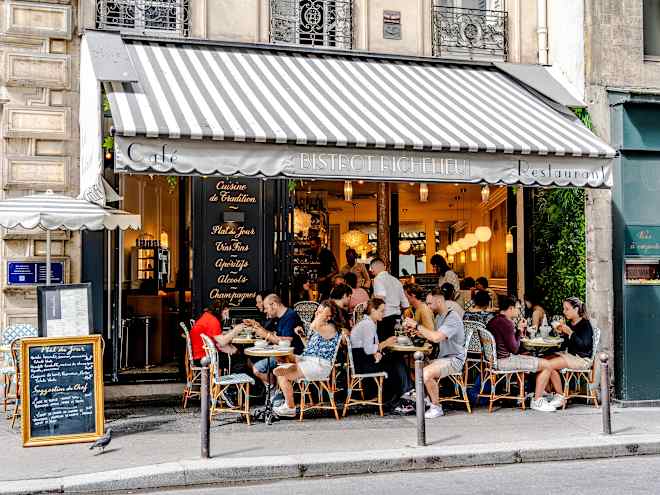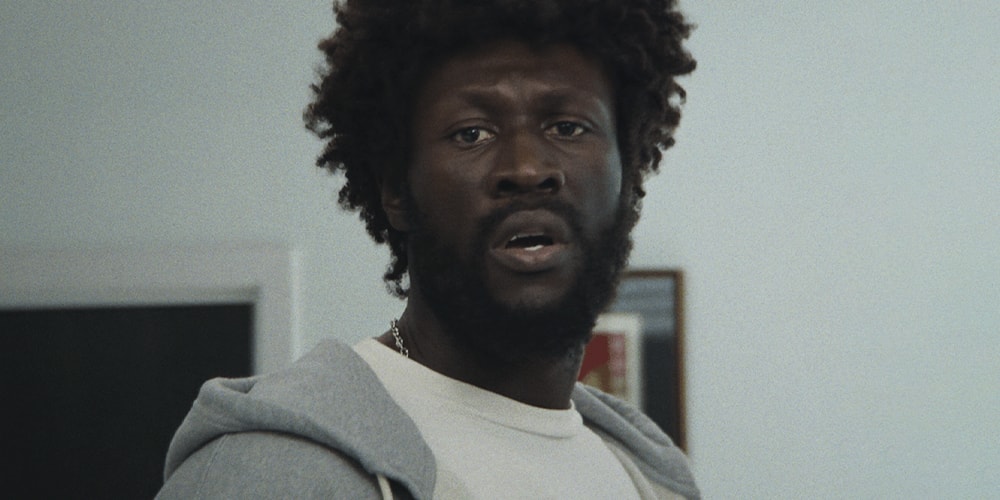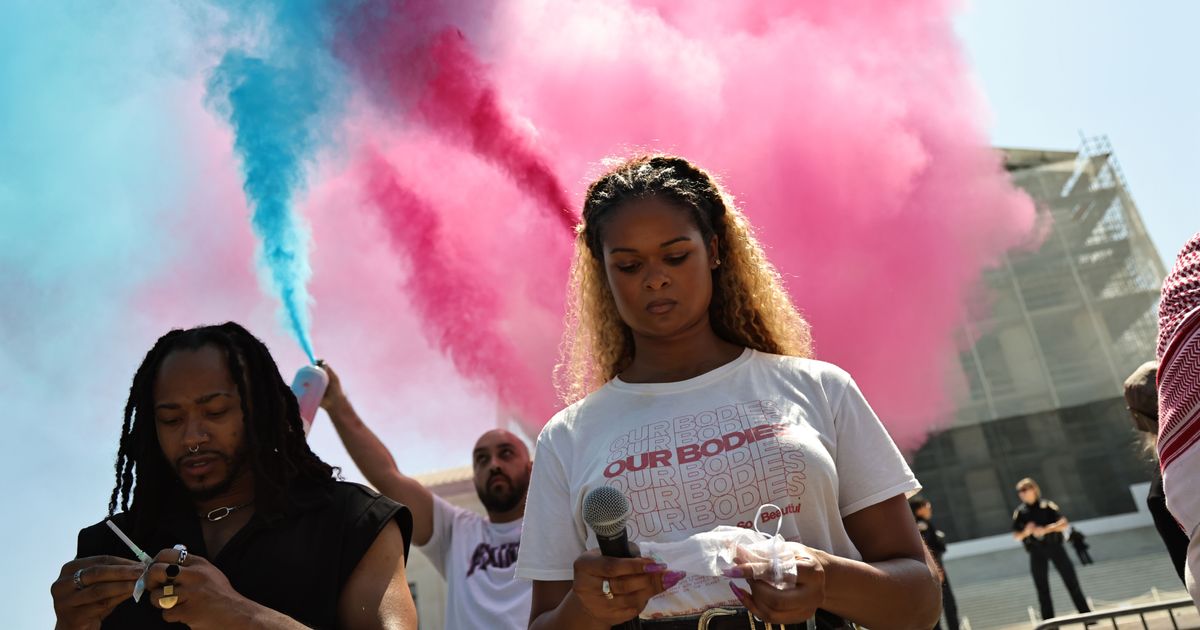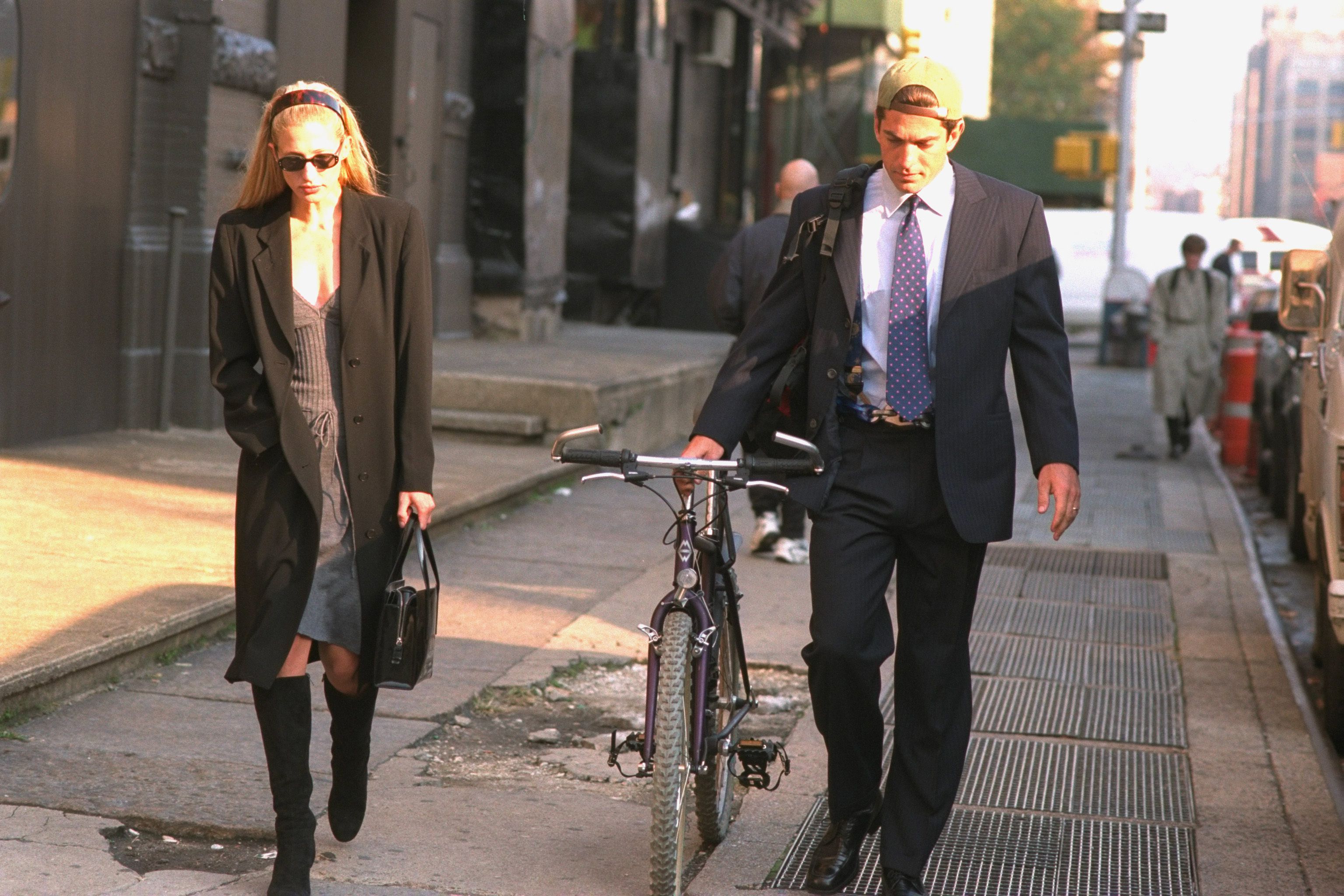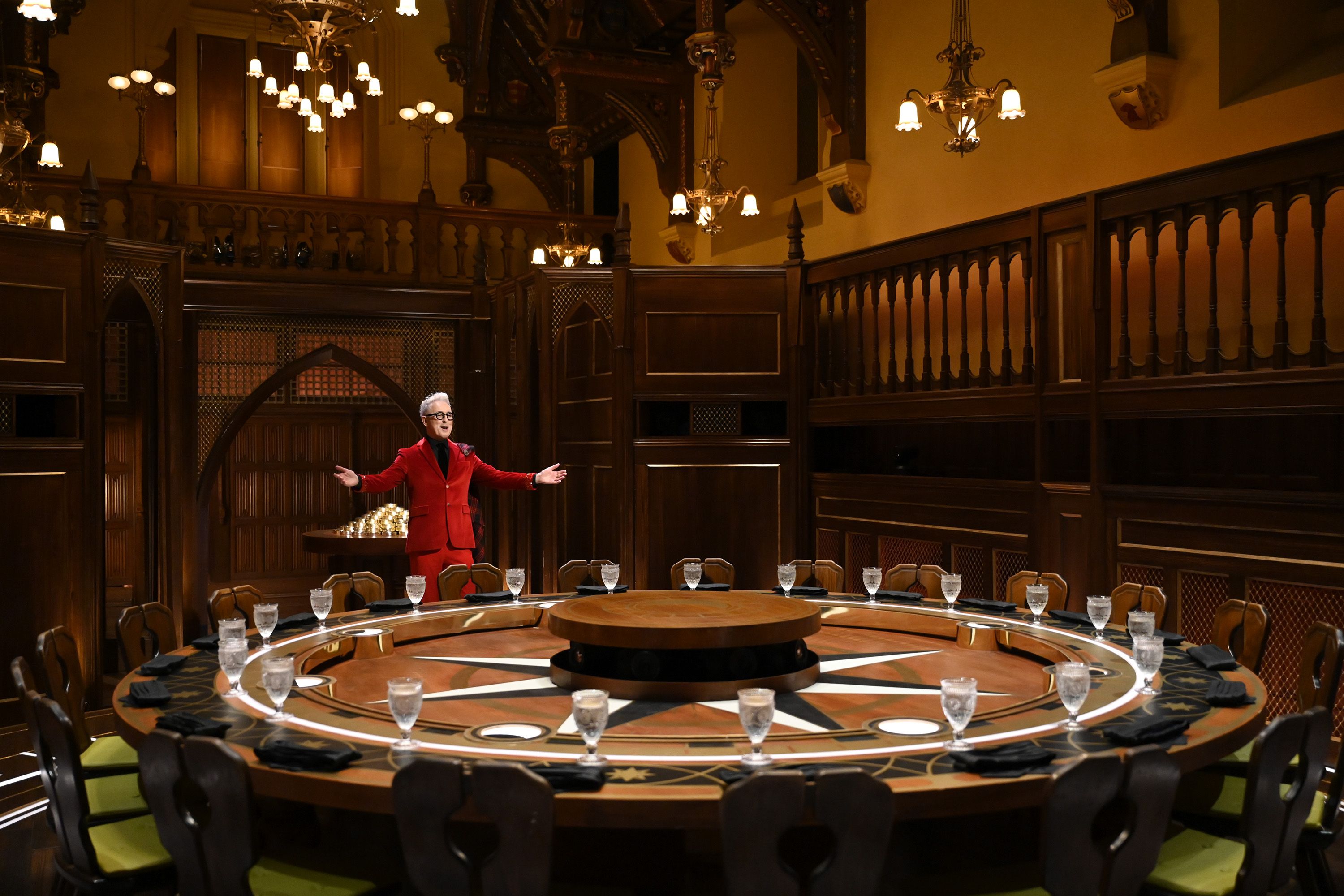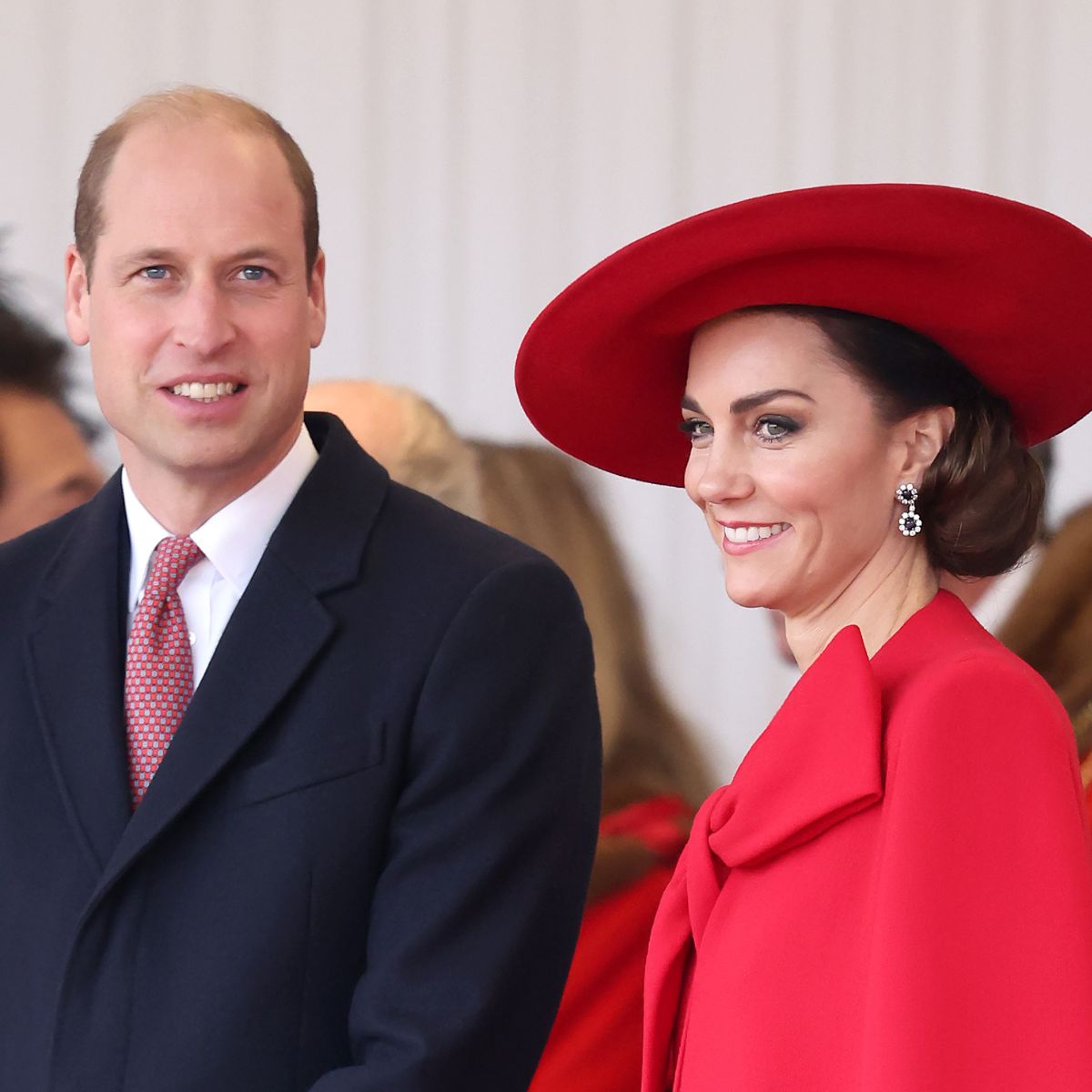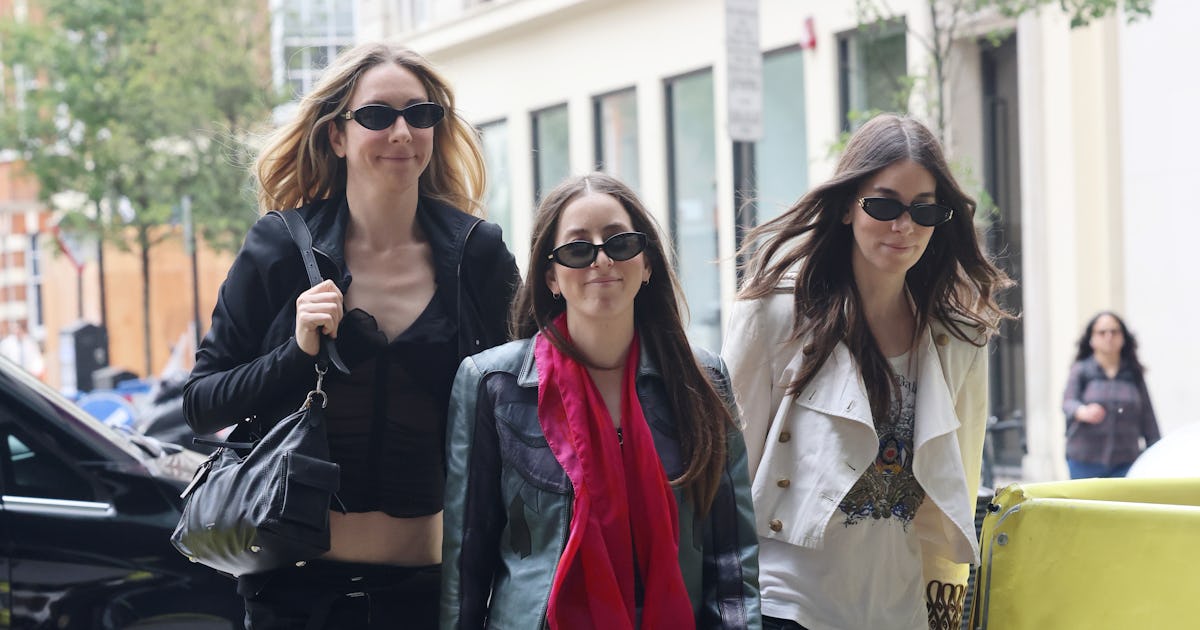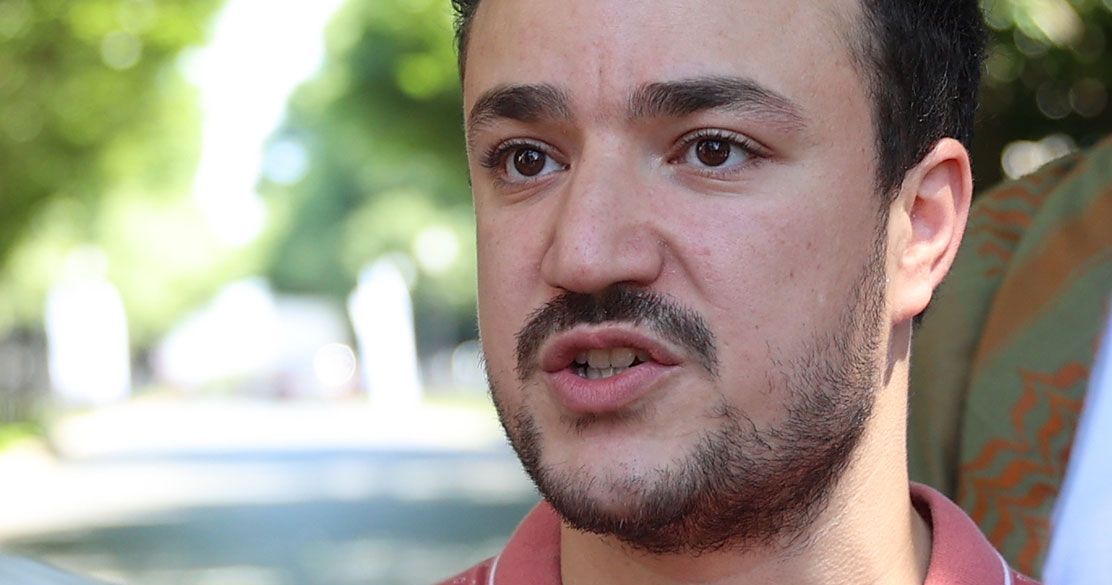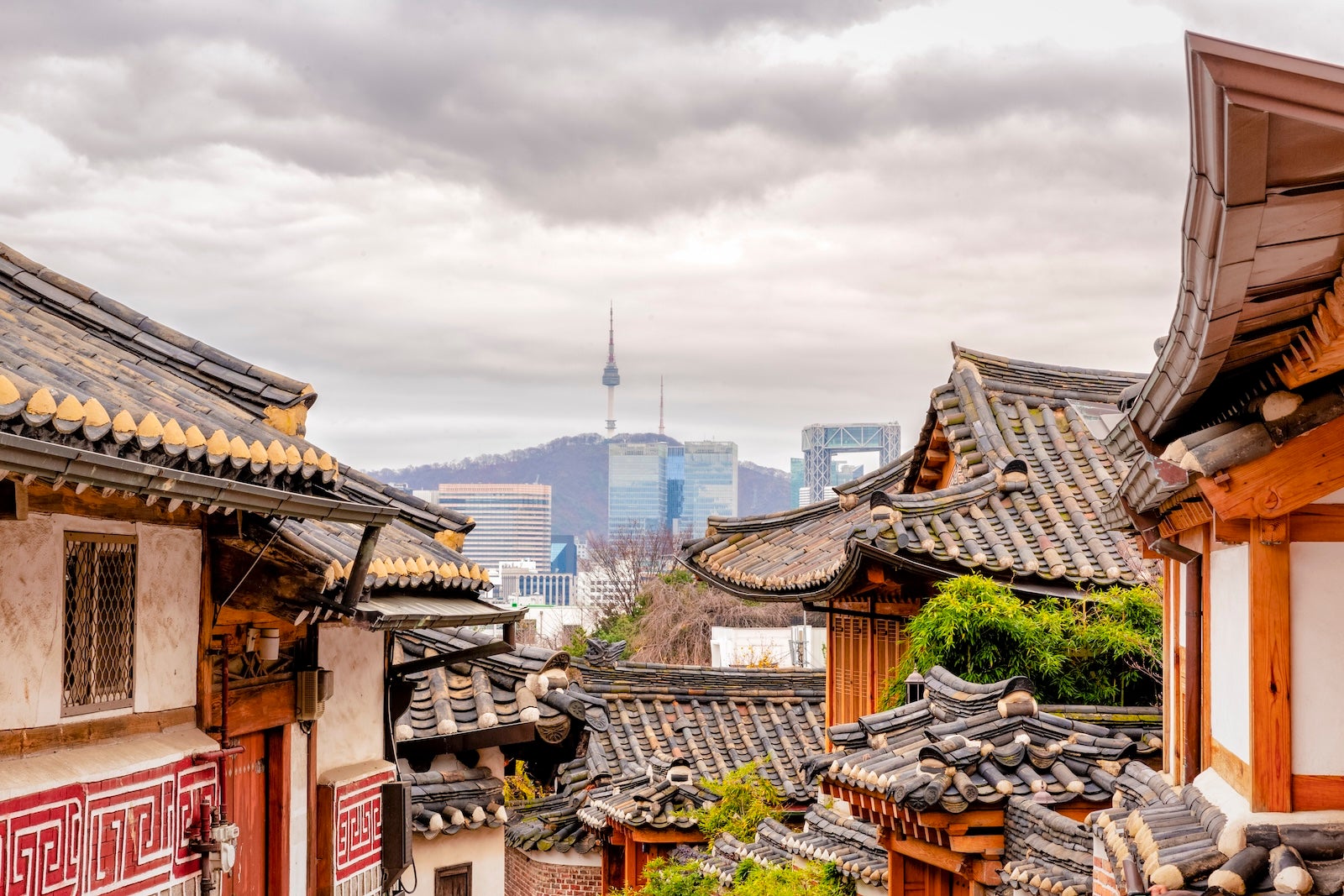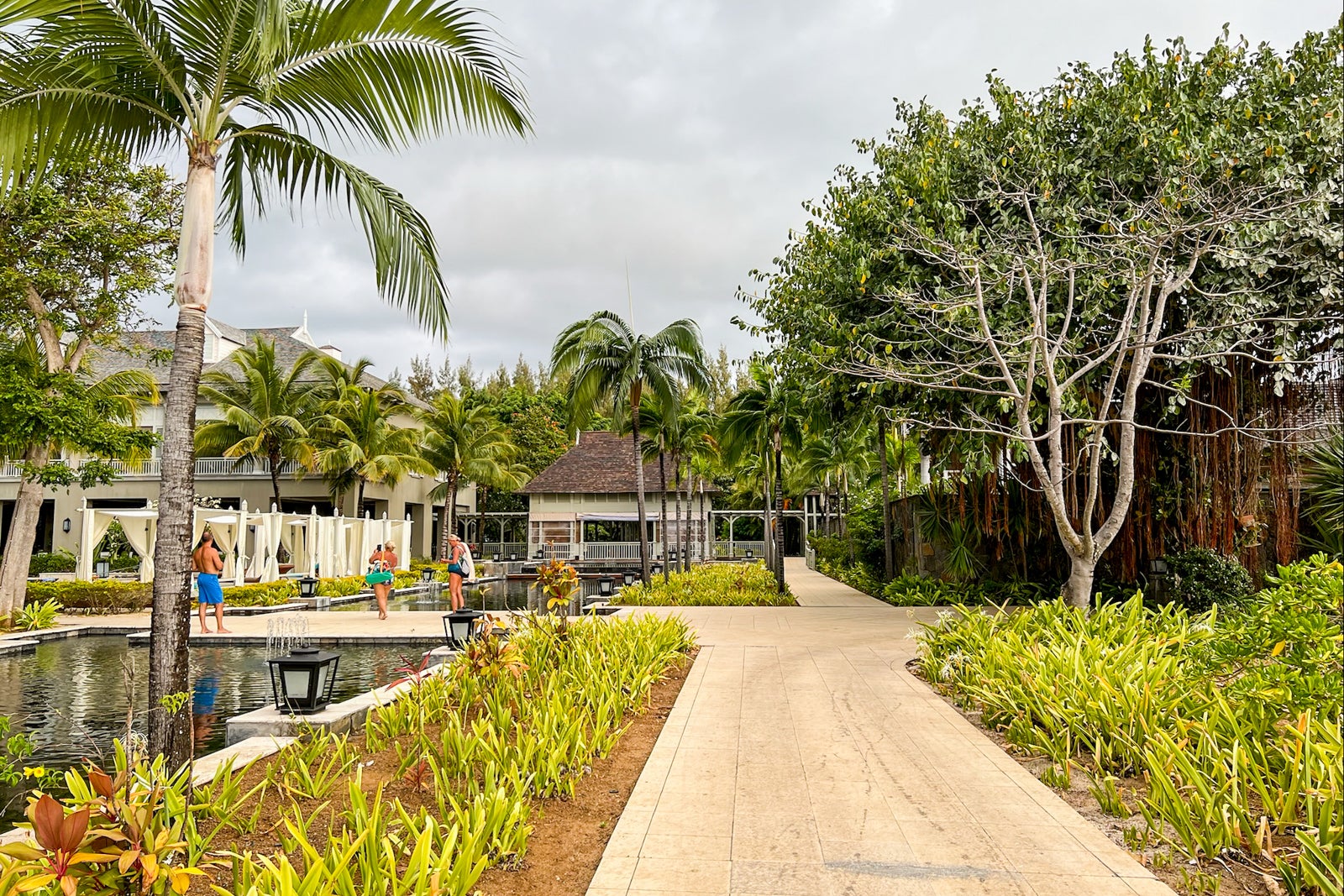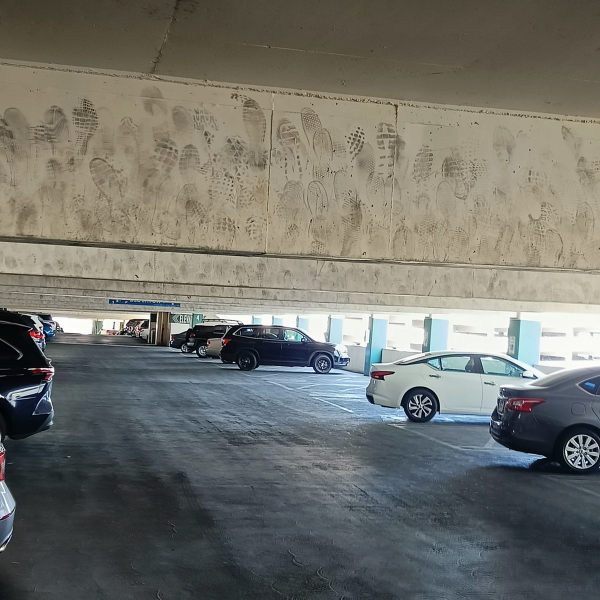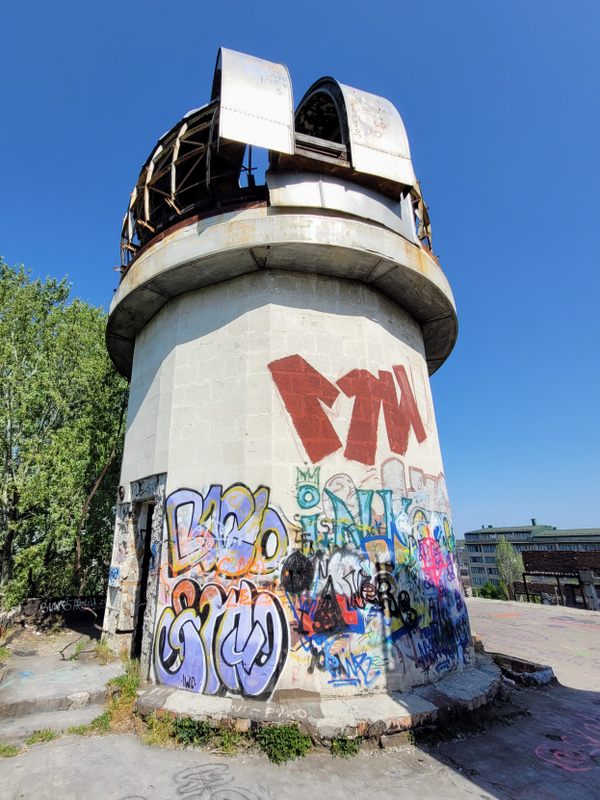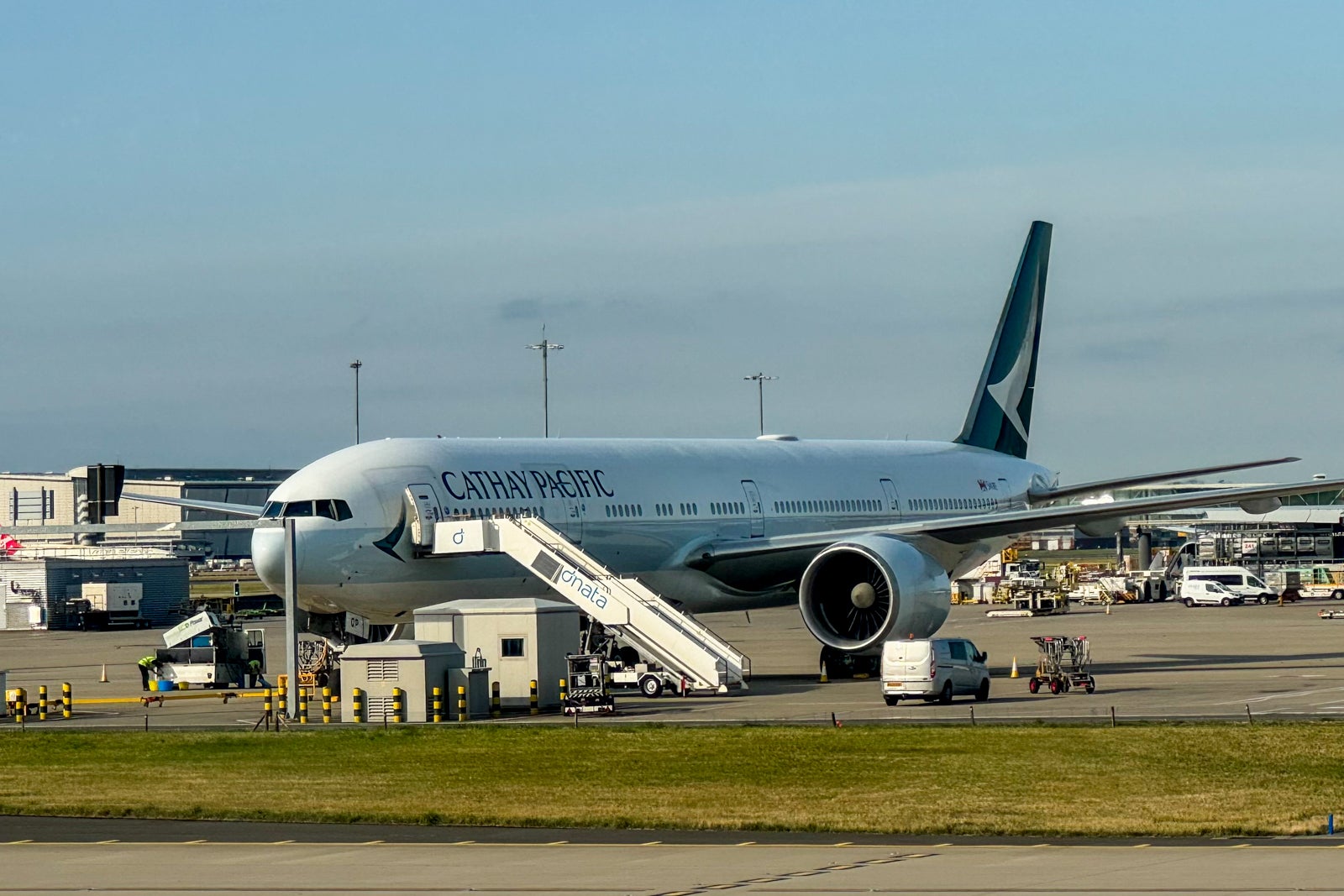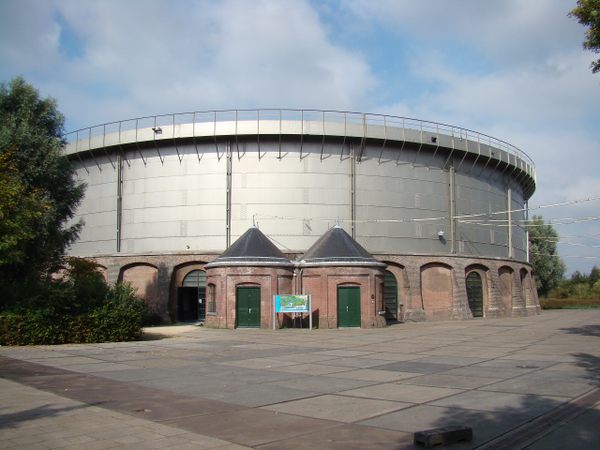Dewey Square Pylon & Bent 38 in Boston, Massachusetts
At the intersection of Purchase Street and Congress Street in downtown Boston is a lime-green-colored metal object covered in bolts and rivets. To the casual observer, it’s just another fixture of Boston’s urban landscape, but for those who remember the city during the second half of the 20th century, this pylon is one of the last surviving elements of one of the city’s most infamous and reviled transportation projects. Completed in 1959, the John F. Fitzgerald Expressway was designed to accommodate Boston’s growing population and postwar car boom. Although intended to help alleviate congestion and ease commutes into the city, it soon found itself having the opposite effect. In order to build the expressway, around 20,000 residents had to be displaced, and hundreds of historic buildings were destroyed. As the years went by, public works projects designed to complement the expressway were canceled. In addition to the heavy traffic, the expressway itself had flaws and shortcomings, such as no breakdown lanes, severe curves, and no room to merge or slow down to exit. The problems associated with the expressway earned it nicknames such as “The Distressway,” “the world’s longest parking lot,” and “the other Green Monster.” During the construction of the Big Dig, much of the Central Artery in the city was rerouted and moved underground into the newly constructed O’Neill Tunnel. The expressway was finally demolished in 2003 and replaced with the Rose Kennedy Greenway linear park. Today, all that remains of the expressway are the Dewey Square Pylon and support beam Bent 38 near Quincy Market. As the final remnants of the highway fade into history, the memorial serves as a symbol of Boston’s complicated transportation history and the impact it’s had on the local community. It’s also a testament to the labor of countless men and women who strived over the years to improve the city’s infrastructure.
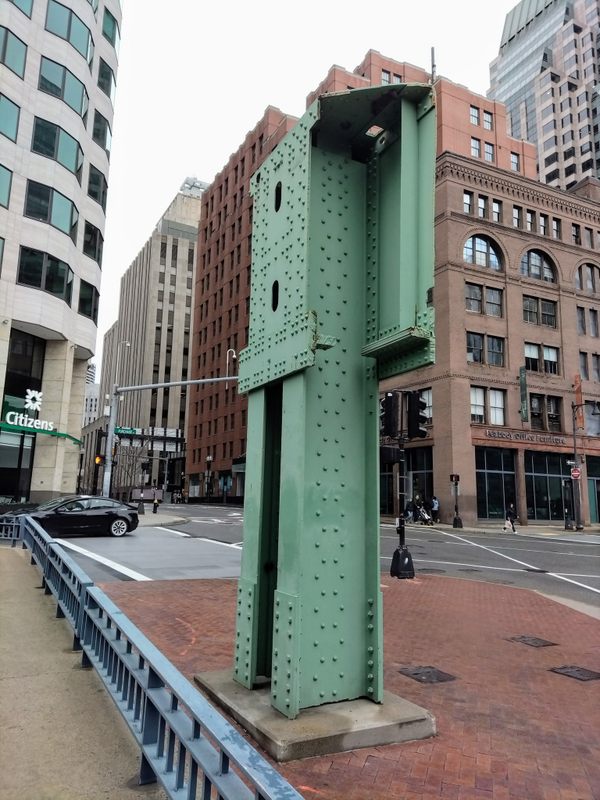

At the intersection of Purchase Street and Congress Street in downtown Boston is a lime-green-colored metal object covered in bolts and rivets. To the casual observer, it’s just another fixture of Boston’s urban landscape, but for those who remember the city during the second half of the 20th century, this pylon is one of the last surviving elements of one of the city’s most infamous and reviled transportation projects.
Completed in 1959, the John F. Fitzgerald Expressway was designed to accommodate Boston’s growing population and postwar car boom. Although intended to help alleviate congestion and ease commutes into the city, it soon found itself having the opposite effect. In order to build the expressway, around 20,000 residents had to be displaced, and hundreds of historic buildings were destroyed. As the years went by, public works projects designed to complement the expressway were canceled. In addition to the heavy traffic, the expressway itself had flaws and shortcomings, such as no breakdown lanes, severe curves, and no room to merge or slow down to exit. The problems associated with the expressway earned it nicknames such as “The Distressway,” “the world’s longest parking lot,” and “the other Green Monster.”
During the construction of the Big Dig, much of the Central Artery in the city was rerouted and moved underground into the newly constructed O’Neill Tunnel. The expressway was finally demolished in 2003 and replaced with the Rose Kennedy Greenway linear park. Today, all that remains of the expressway are the Dewey Square Pylon and support beam Bent 38 near Quincy Market. As the final remnants of the highway fade into history, the memorial serves as a symbol of Boston’s complicated transportation history and the impact it’s had on the local community. It’s also a testament to the labor of countless men and women who strived over the years to improve the city’s infrastructure.


